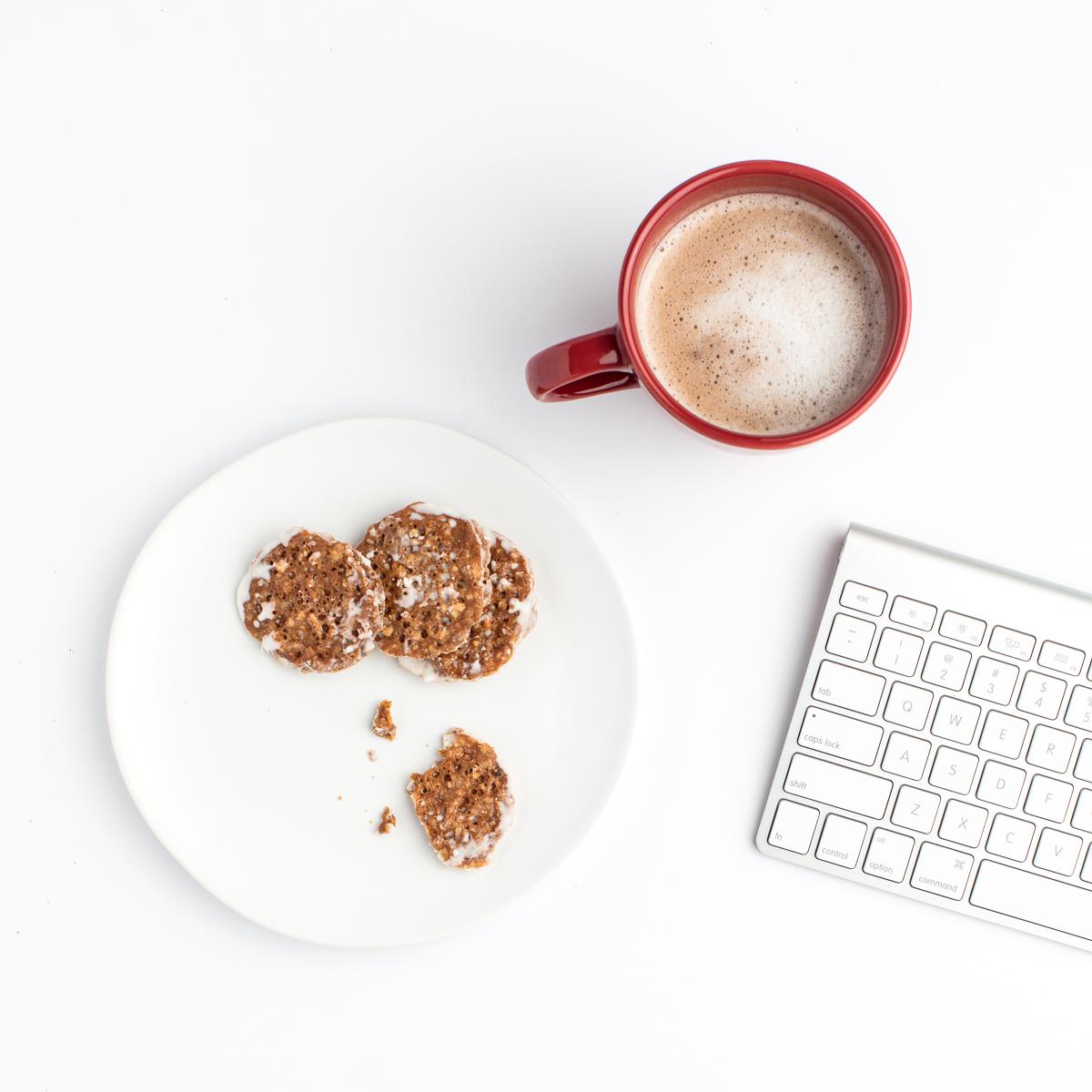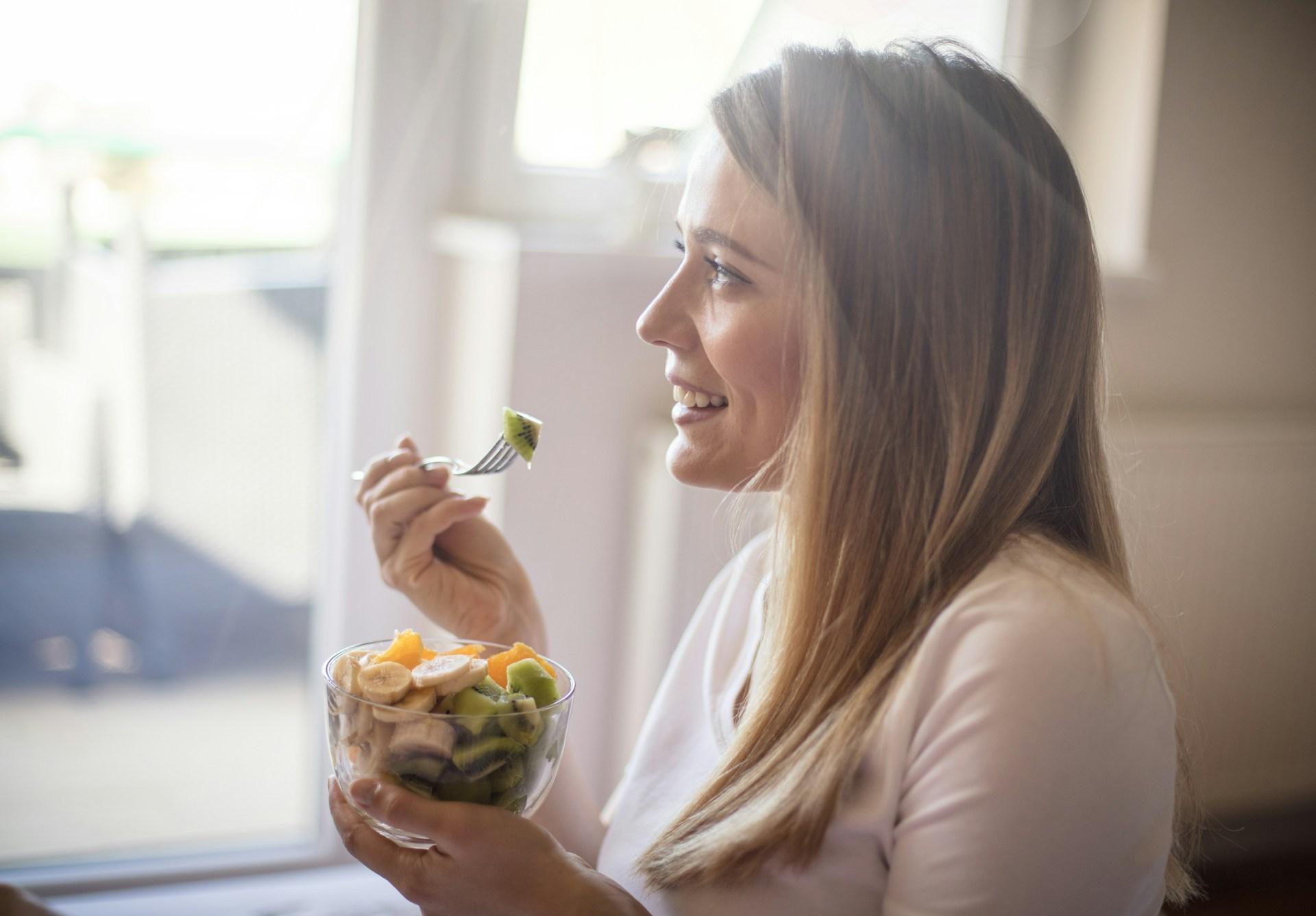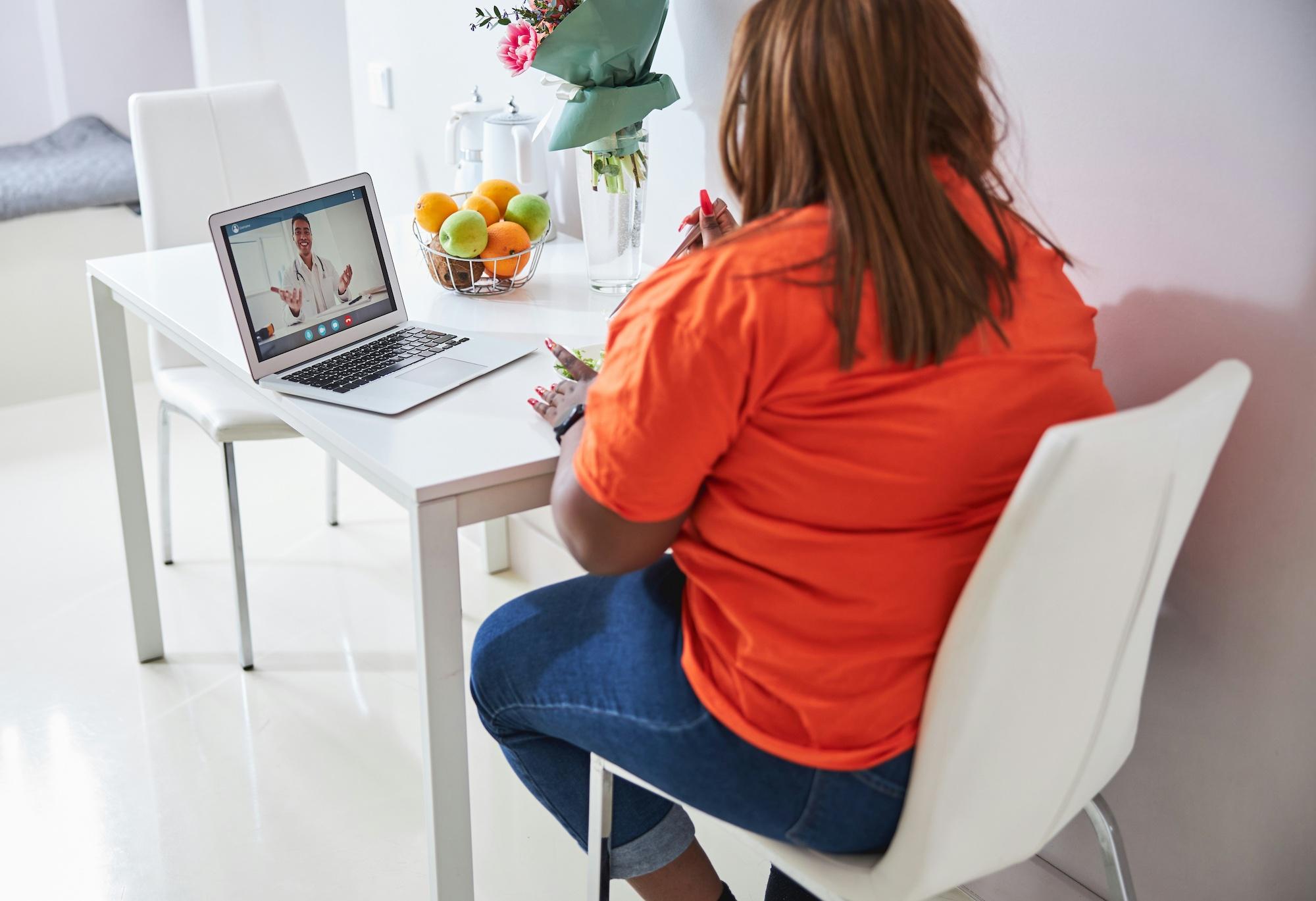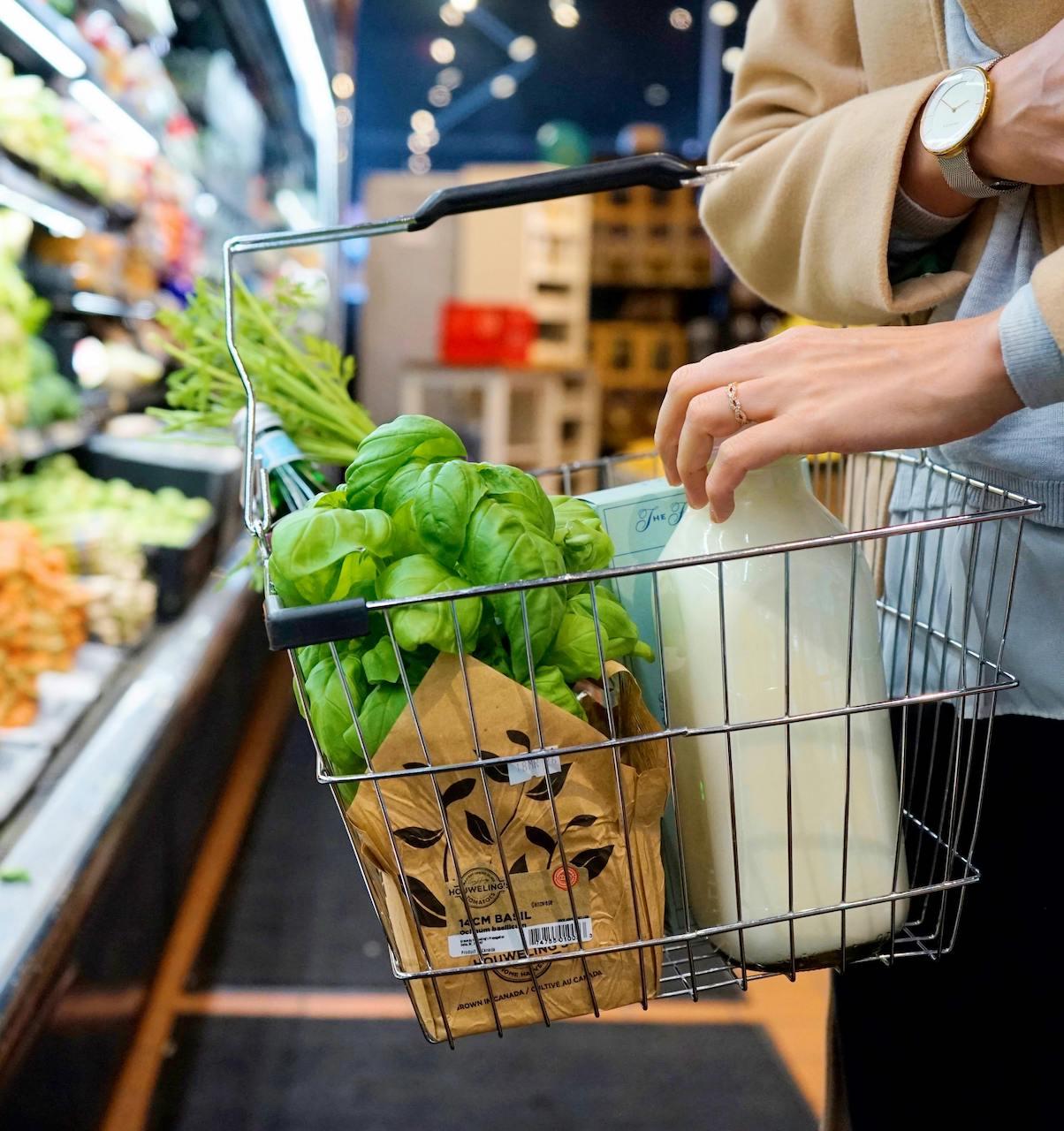2020 has been a year…to say the least. With our routines drastically changing, it is only natural that our dietary habits and food choices have changed as well. Being at home all day can certainly encourage more temptation around food than we are used to. We have constant access to food. Pair this will the stress of not being able to go anywhere, see friends, or live the normal lives we are accustomed to – cue some major grazing and stress eating!
If you feel like your eating has been inconsistent, let me just say – you are certainly not alone. But that’s where we come in! We’re breaking down five strategies to help create some balance and consistency in your new routines!
Commit to an eating schedule
This is super important. Just because we’re home doesn’t mean we should throw all sense of a schedule and routine out the window. Stick to a similar schedule that you would if you were in the office. This will help you feel a bit more organized and regimented with your food choices. Here’s an example schedule that I love to follow:
- 8am Breakfast: Make sure you eat a solid breakfast. You want to have something within two hours of waking – let’s get your metabolism going!
- 10am Morning Snack: Your goal here is to choose a snack that will hold you over while keeping your metabolism going! A combination of good fats, protein and fiber is ideal.
- 12:30pm Lunch: Make sure your lunch is a complete meal of good fats, carbs and protein so you feel satisfied until your afternoon snack.
- 3pm Afternoon snack: Again, a combination of good fats, protein and fiber is ideal.
- 6pm Dinner: I recommend eating dinner at least 2 hours before bedtime, to allow time for digestion.
- 7:30 Nighttime Snack: I recommend something small and not too carb-heavy – you don’t want to spike that blood sugar right before bedtime!
Make sure every meal and snack is balanced
This is a big one. You’ve heard of the three macronutrients – protein, carbs and fats – right? You want to aim to include all three in appropriate portions at each meal. This is what will keep you full and satisfied until it is time for your next meal.
- Examples of 1 serving of a healthy fat:
- 1/4 Avocado
- 1-2 Tbsp nut/seed butter
- 3-5 oz Fatty fish: salmon, sardines, mackerel (also a protein)
- 6 0z full fat dairy: Greek yogurt, ricotta or cotta cheese
- Examples of protein :
- Animal sources:
- chicken
- salmon
- tuna
- shrimp
- white fish
- eggs
- beef
- collagen peptide powder
- Plant based:
- Lentils
- quinoa
- chia seeds
- tofu
- pea protein powder
- Examples of fiber rich carbohydrates:
- baked sweet or regular potato with skin
- brown or Wild rice
- quinoa
- lentils
- whole wheat or bean pasta
Drink a ton of water
Drinking water is the key to success and is often overlooked. Water helps to keep things moving, gives you energy, and is vital to healthy living. Thirst can also be mistaken for hunger so when in doubt, drink first! To find your water oz minimum, take your weight and divide by 2.
Plate your food
Plating your food not only helps with portion control but also helps create a routine and pleasant eating experience. No more little handfuls here and there and no eating out of bottomless bags!
Don’t work in your kitchen
Sitting next to your fridge or pantry is a recipe for snacking. If possible, find a productive nook in your house to turn into your own workspace. You want it to be away from where you keep food because, well – outta sight outta mind! No but really, these days it is hard to set boundaries when working from home. While a lot is out of our control, we can control where we work within our homes.






